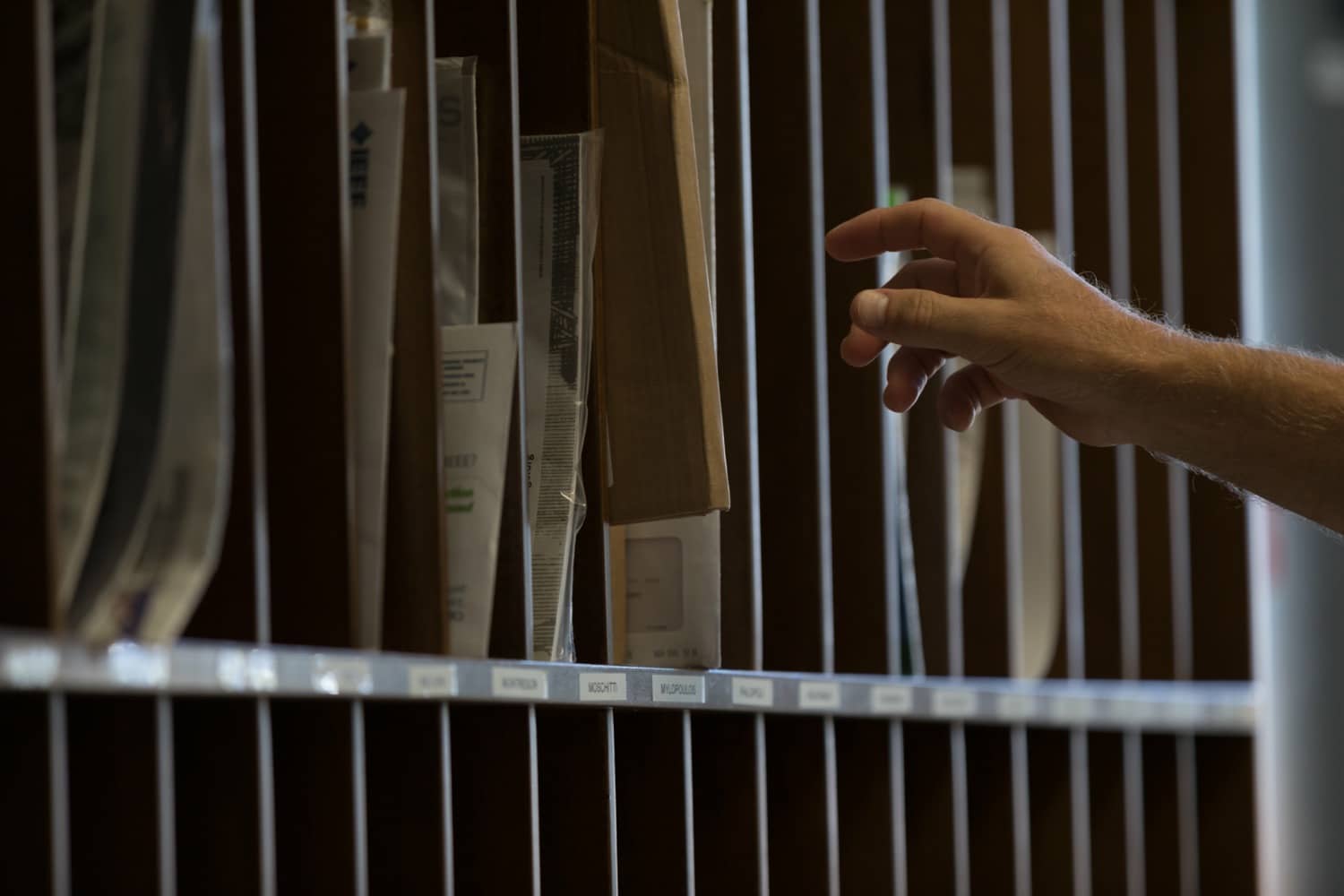
Your company mailroom serves as the communication nerve center of your business, handling more than just physical mail. Emails, faxes, and courier packages like FedEx and UPS all fall under its umbrella.
Without efficient inbound and outbound mail management practices, things can quickly descend into chaos and disorganization. Improving efficiency can significantly influence productivity, security, and communication effectiveness.
The below comprehensive guide will help you better understand how to optimize these critical aspects of your mailroom operations.
Define Your Goals
Identify clear goals and desired outcomes for both inbound and outbound mail operations. This will help set the foundation for enhanced efficiency, accuracy, and cost-effectiveness.
Inbound Mail Management—Effective inbound management revolves around the efficient handling and distribution of incoming mail to the appropriate recipients. Sort incoming mail and packages by recipient or department and adequately address any special delivery instructions.
Outbound Mail Management—Properly managing outbound mail requires the accurate preparation and printing of documents. Printing, insertion and affixing the correct postage amount is crucial for the accurate delivery of your important documents. Outbound management techniques also apply to faxes and courier packages such as FedEx and UPS.
Mailroom Management Best Practices
The following best practices will help guarantee the smooth running of both inbound and outbound mail management:
Reconciliation
This process involves verifying the accuracy of the number of incoming or outgoing pieces. Organizations can maintain control over their mail flow through regular reconciliation. Reconciling helps ensure that all incoming and outgoing items are accounted for while enhancing the overall reliability and efficiency of mail operations. Reconciliation is also a key component for chain of custody for auditing purposes.
Routine Productivity Tracking
Regularly tracking productivity helps to maintain key performance indicators (KPIs) and identify areas for improvement. By monitoring these metrics, businesses can make informed decisions for optimizing processes and improving overall performance. Additionally, this information is the basis for deploying technology.
Use of Technology
Barcodes, high-speed envelope openers, specialized extraction machines, and cutting-edge software for tracking and reporting can revolutionize operations. These technologies ensure improved speed, reduce errors, allow traceability, and help identify and rectify bottlenecks.
Employee Training and Engagement
While technology plays a vital role in optimizing operations, the importance of well-trained and engaged employees cannot be understated. Comprehensive training programs ensure workers are well-equipped to handle various situations.
Annual training programs and fraud awareness sessions are also essential. They equip employees with the knowledge to handle regular operations, unexpected situations, and potential risks and security threats.
Clear Communication and Tracking
Establishing clear lines of communication between staff and recipients ensures timely delivery and receipt of items. Moreover, it promotes transparency and accountability, contributing to a more organized and effective mail management system. Tracking performance metrics and implementing quality control measures also play a crucial role.
Safeguarding Security and Privacy
It’s crucial to have stringent procedures in place to safeguard sensitive or confidential materials. Regular audits, such as a SOC I Type II Audit, of financial, physical, and electronic security measures, coupled with compliance with HIPAA, can enhance the overall security framework. These rigorous checks also help strengthen your company’s reputation.
The Impact of Digital Transformation on Mailroom Management
Digital mailrooms allow businesses to leverage cutting-edge technology to optimize operations. Technologies like bar codes and mailroom software streamline the process of tracking and handling mail and minimize human error. Automation of manual tasks has increased the speed of processing, leading to quicker distribution and improved overall efficiency.
A digitized mailroom offers increased security and privacy over a traditional one. Advanced software solutions provide robust security measures, protect sensitive information, and ensure compliance with regulations like HIPAA. These strategies are crucial in an age where data privacy has become a significant concern for businesses.
Employees will have immediate access to essential documents regardless of the recipient’s location, facilitating remote work and promoting collaboration among geographically dispersed teams. Security is also enhanced by reducing the risk of misplacing important documents and allows for easy retrieval of archived mail.
Digital services can be a game-changer for companies managing their mail internally. The process is more efficient and secure and frees up valuable time and resources, allowing employees to focus on their core tasks. It also leads to significant cost savings in terms of reduced paper usage and storage space.
The ILM Digital Mailroom Advantage
ILM professional digital mailroom services will help optimize your operations with a heavy focus on productivity, security, and efficiency. We handle our client’s documents as if they were our own and carefully safeguard them.
We have the following certifications that play a role in security and privacy:
SOC I Type II Audited—Our financial, physical, and electronic security measures are audited by a CPA firm each year. A copy of our audit is available to existing clients.
HIPAA Compliant—During the onboarding process and each year, all employees receive HIPAA training and certification through a test.
Fraud Awareness Training—During the onboarding process and each year, all employees receive training and testing to learn about fraud (e.g., phishing scams) and how to protect themselves and client information from social engineering and other types of scammers.
Let ILM Help Optimize Your Mailroom Operations
Effective mailroom management is a blend of clear goal setting, the use of technology, strong security measures, and continuous employee training. Implementing these best practices can significantly enhance a business’s productivity and efficiency.
Click below to learn more about the indicators that your business might be ready to shift to digital mailroom services.
